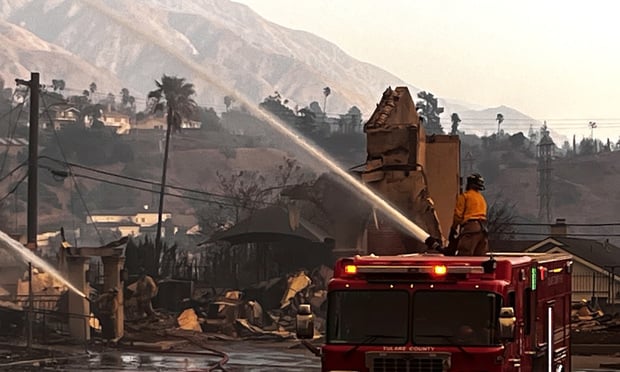In the past year, America has been rocked by surprise endings — Brexit, the Academy Awards Oscars mix-up, the overtime comeback win of the New England Patriots in Super Bowl 51, and the historic presidential election of the most unlikely candidate.
These anomalous events were considered unusual and unforeseen. At times, it can seem like the world of insurance claims.
While your typical adjuster is all-too-familiar with the standard fare in property claims, your rugs, roofs and couches, once in a while they come across specialty items that are either one-of-a-kind pieces or extraordinarily rare. In short, unusual and unforeseen.
Here are the top five exotic claims Enservio specialists covered and how they were handled:

A glass shelf broke in a home owned by a Hollywood film legend under the weight of his 20-plus acting awards. (Photo: Shutterstock)
1. What price, an Oscar award?
That was the question one claims appraiser had to answer when a glass shelf broke in a home owned by a Hollywood film legend under the weight of his 20-plus acting awards, including a gold-plated Oscar, a BAMBI, and multiple BAFTAs (the international equivalent of the Oscar from Germany and Great Britain, respectively).
Work on the assessment project involved reaching out to a network of art and object conservation specialists worldwide to determine which items could be salvaged and which ones were unrepairable. Contents experts also contacted the various awarding agencies and original global manufacturers to help determine the total loss.
Related: Contents claims solved: The case of the Judd statute
In the end, the restorable awards were returned to the insured without any evidence of their prior damage and exact replacements were secured for those awards that could not be repaired.
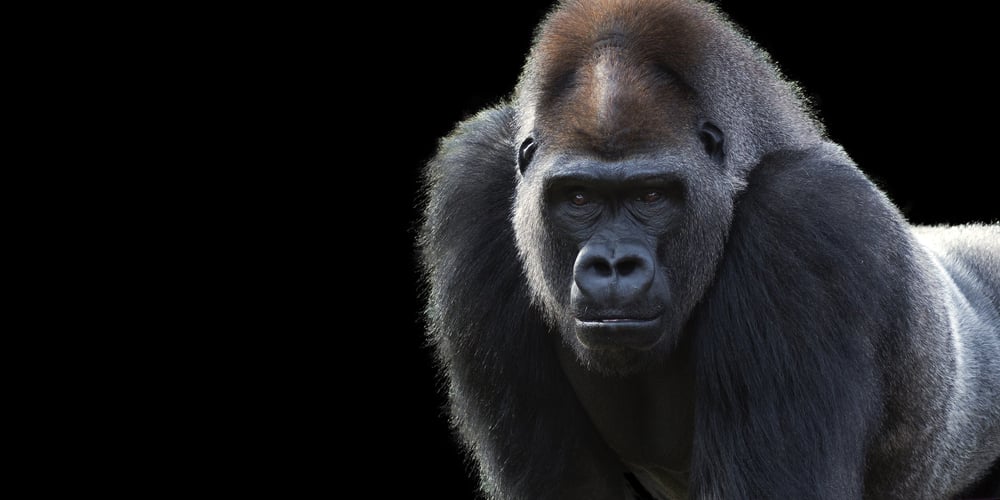
You never know what is coming your way when you're a claims adjuster. (Photo: Shutterstock)
2. The stolen gorilla mount
The words “silverback full body-sized gorilla mount, 7 feet in height” are not ones claim adjusters come across often, but they did in one noteworthy case.
Related: Contents claims solved: The case of the stolen gorilla mount
The first step in this unusual claim was to determine the legal status of the product itself. There are, in fact, strict conditions on the sale of any product involving animals that are endangered like gorillas. To be legal, the mount would require documented importation prior to a specific date and would consequently be very rare and valuable.
This point was rendered moot, however, when contents experts were presented with photos of the item and determined the item was a life-sized prop, a costume gorilla suit mounted on a form, not an actual taxidermal gorilla. While a legal salable gorilla mount would have a value in the $25,000 to $45,000 range, this gorilla prop had a retail value of about $6,900.
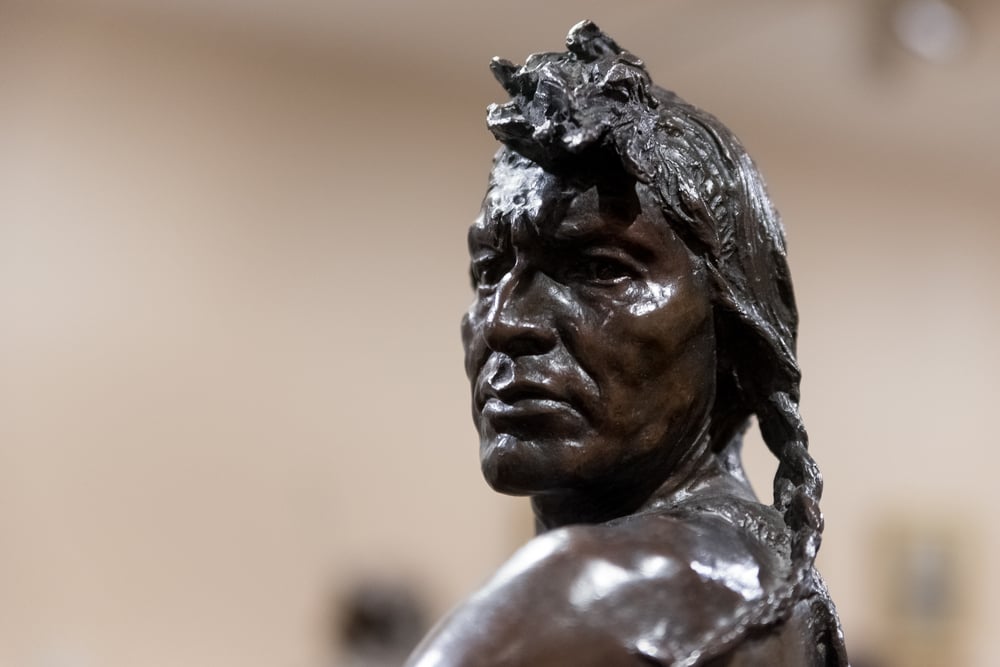
A 19th century Sioux warrior was damaged in a botched moving operation. (Photo: Shutterstock)
3. The damaged Sioux warrior statue
Contents claims specialists were called to the scene when a life-size bronze sculpture of a 19th century Sioux warrior was damaged in a botched moving operation. The insured sought $100,000 to pay for a total replacement of the item.
Related: Determining value is a fine art
During the on-site inspection, the team noted the good condition of the piece, photographed it extensively, and determined the damage was largely confined to the broken stone pedestal. The art specialist recognized the work and contacted the artist to discuss the damage. The artist agreed that the work's artistic integrity would not be compromised by replacing the damaged stone base.
Based on this and a consultation with the original designer of the stone base, the specialists recommended a replacement be built by the original stonemason for $4,300.
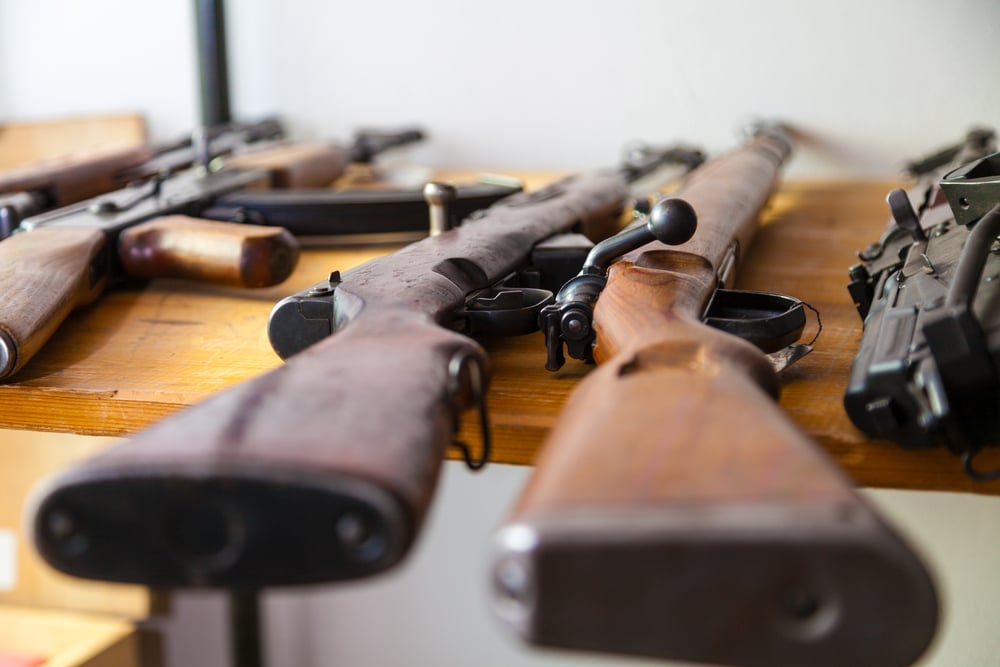
Not all antique guns are collectibles. (Photo: Shutterstock)
4. The missing tranquilizer gun
Assessing a rare item becomes much more challenging if it also lacks photos or documentation, as it did in a case involving an animal tranquilizer gun allegedly manufactured in the late 1950s. The insured also claimed the dart-shooting gun was in high demand among collectors and estimated the value of $4,500-$5,000.
Related: Establishing the real value of guns and ammo
The adjuster, who knew little about the collectibles market for wild animal-control tranquilizer guns, called upon contents claim specialists, Enservio Select, for help. Working off information from the policyholder that the item was a carbon dioxide-powered handgun with a brand name that the owner recalled included the word “capture,” contents specialists determined the item was a Cap-Chur Animal Tranquilizer Gun manufactured by Palmer Cap-Chur Equipment, Inc. in Douglasville, Ga.
Further investigation by the claims specialist revealed that a collector market for antique wild animal-control tranquilizer guns is non-existent. Obtaining darts for use in this particular gun required a veterinarian license, which tranquilized any secondary market value. Given the appraisal, a retail replacement for the gun of like, kind and quality was found to have a maximum value of $443.
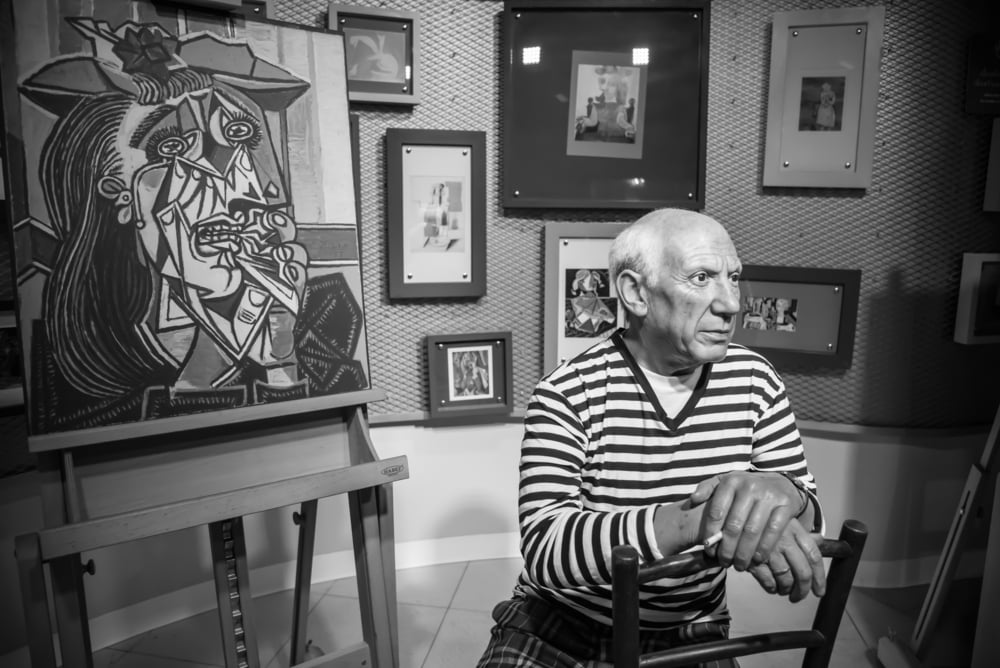
A waxwork of Pablo Picasso on display at Madame Tussauds on October 28, 2015 in Bangkok, Thailand. (Photo: Shutterstock)
5. The case of the Picasso etching
It's a big deal any time a claim involves Picasso and so it was with a print with a claimed value of $12,000. According to the appraisal, the piece was by Pablo Picasso from the Vollard Suite, dated March 25, 1933, edition 186/340, and titled Jeune Sculpteur Finissant un Platre.
Enservio specialists recognized Picasso's works from the Vollard suite were one of his most popular and reproduced series. Because of this, care had to be taken in the appraisal as many reproduction lithographs are known to exist.
One identifying characteristic in the original Picasso Vollard etchings is that they all have watermarks, yet there was no mention of such in the previous appraisal. Casting further doubt on the item's authenticity when photos were examined, was the lack of a plate mark impression on the print, indicating it may not be an original etching.
Based on this information as well as an incorrect edition number, it was determined the item was an “after” Picasso reproduction lithograph with a value no greater than $100, significantly less than the $12,000 claimed.
Related: Determining the value of unsold artwork
Joel Makhluf is a vice president at Enservio, a provider of contents claim management software, inventory and valuation services and payments solutions for property insurers. Contact him at [email protected].
Want to continue reading?
Become a Free PropertyCasualty360 Digital Reader
Your access to unlimited PropertyCasualty360 content isn’t changing.
Once you are an ALM digital member, you’ll receive:
- Breaking insurance news and analysis, on-site and via our newsletters and custom alerts
- Weekly Insurance Speak podcast featuring exclusive interviews with industry leaders
- Educational webcasts, white papers, and ebooks from industry thought leaders
- Critical converage of the employee benefits and financial advisory markets on our other ALM sites, BenefitsPRO and ThinkAdvisor
Already have an account? Sign In Now
© 2025 ALM Global, LLC, All Rights Reserved. Request academic re-use from www.copyright.com. All other uses, submit a request to [email protected]. For more information visit Asset & Logo Licensing.




